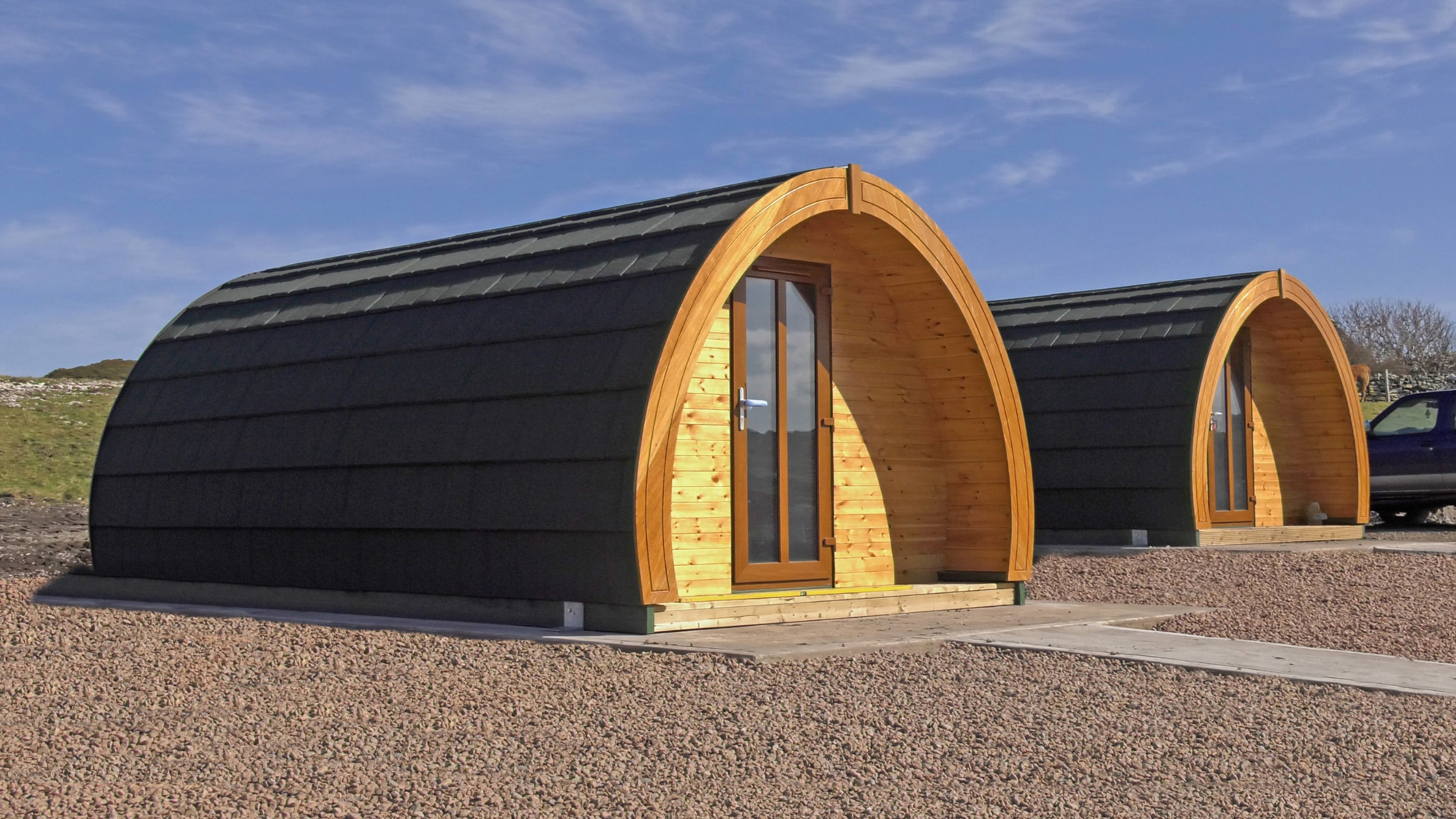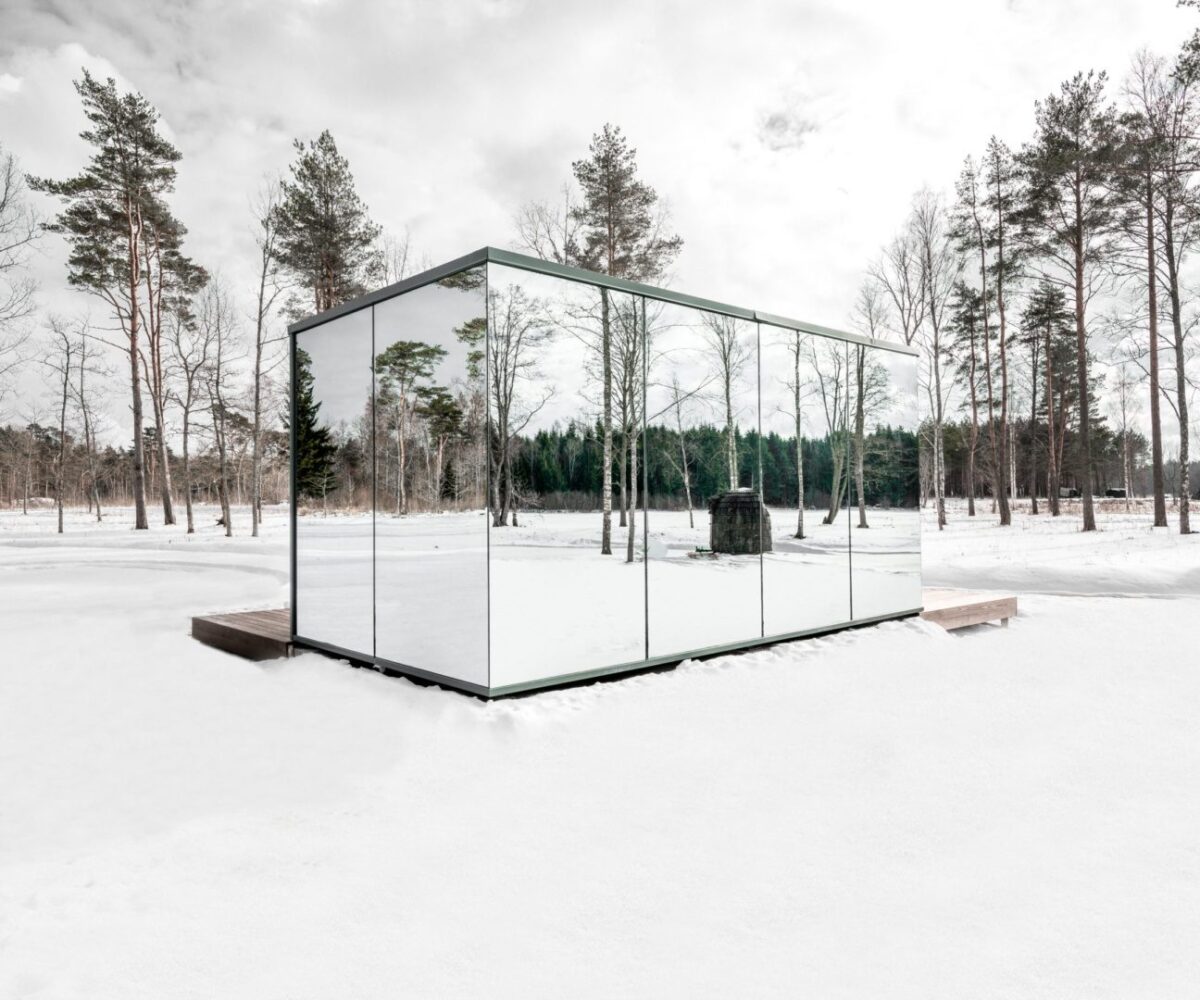Definition of Glamping
Glamping, or “glamorous camping,” is a unique and upscale way of vacationing, offering close contact with nature without sacrificing comfort. Its origins trace back to the 16th century, notably with the Scottish Earl of Atholl who prepared a luxurious outdoor experience for King James V. Modern glamping emerged in the UK around 2006 and has since become a global trend. But what is glamping if you ask us?
The appeal of glamping lies in its blend of luxury and nature. Accommodations range from verdant forests to settings surrounded by watermills, offering all-inclusive amenities. These can include king-size beds, living rooms, hot tubs, and even WiFi, blending high aesthetic standards with the freedom of staying in nature. This form of tourism has diversified to include various types of accommodations like safari tents, yurts, tree houses, and caravans, catering to different preferences and experiences.
Glamping has seen significant growth worldwide, becoming a formidable competitor to traditional luxury hotels and offering a new dimension to luxury tourism. Its rise is partly due to the increasing interest in environmentally friendly travel solutions, with many glamping sites utilizing nature-friendly materials and practices. This eco-friendly aspect, coupled with the unique experience of living in nature, makes glamping an attractive option for modern travelers
Glamping vs. Traditional Camping
Glamping, as we’ve explored, is a luxurious version of camping that combines the allure of being close to nature with the comforts of modern living. In contrast, traditional camping is more about connecting with nature in a basic, often minimalist way. Here are the main differences:
- Accommodations: Traditional camping typically involves pitching a tent and sleeping on the ground, often with minimal amenities. Glamping, on the other hand, offers a range of upscale accommodations like furnished tents, yurts, or treehouses, often equipped with comfortable beds, furniture, and sometimes even air conditioning and heating.
- Amenities: While traditional camping requires campers to be self-sufficient and bring their own gear, glamping sites often provide amenities like luxury bedding, en-suite bathrooms, and gourmet meal services. This starkly contrasts with the DIY nature of traditional camping, where campers cook their own food over a fire or stove and use communal or no facilities.
- Experience: Traditional camping is about immersing oneself in the outdoors, including facing the elements and perhaps foregoing certain comforts. Glamping offers a more controlled environment, where you can enjoy the beauty of nature without the challenges of outdoor living.
- Accessibility: Glamping makes the outdoor experience accessible to those who may not be comfortable with the ruggedness of traditional camping. It caters to those who enjoy nature but also want the comforts and conveniences of home.
- Environmental Impact: Many glamping sites are designed with sustainability in mind, using eco-friendly materials and practices. Traditional camping, while also eco-conscious, often doesn’t offer the same level of environmentally friendly infrastructure.
- Cost: Glamping is generally more expensive than traditional camping due to the enhanced amenities and services offered. Traditional camping is more budget-friendly, appealing to those who prefer a more hands-on, simplistic approach to outdoor living.
Now you know what glamping is! Glamping offers a luxurious and comfortable way to experience nature, catering to those who want the beauty of the outdoors without sacrificing comfort. Traditional camping, in contrast, is more about adventure and self-sufficiency in nature. Both forms offer unique experiences; the choice depends on personal preferences and the type of outdoor experience one is seeking.
Thinking to start your Glamping site today? Compare the different Glamping structures and prices on Campsaround Partners.




